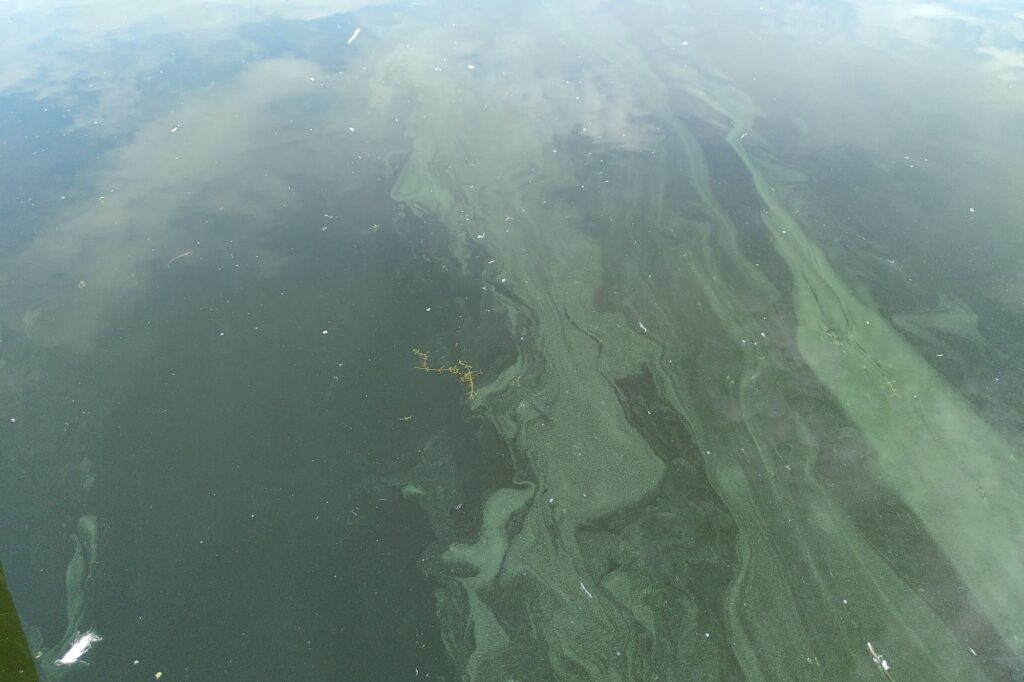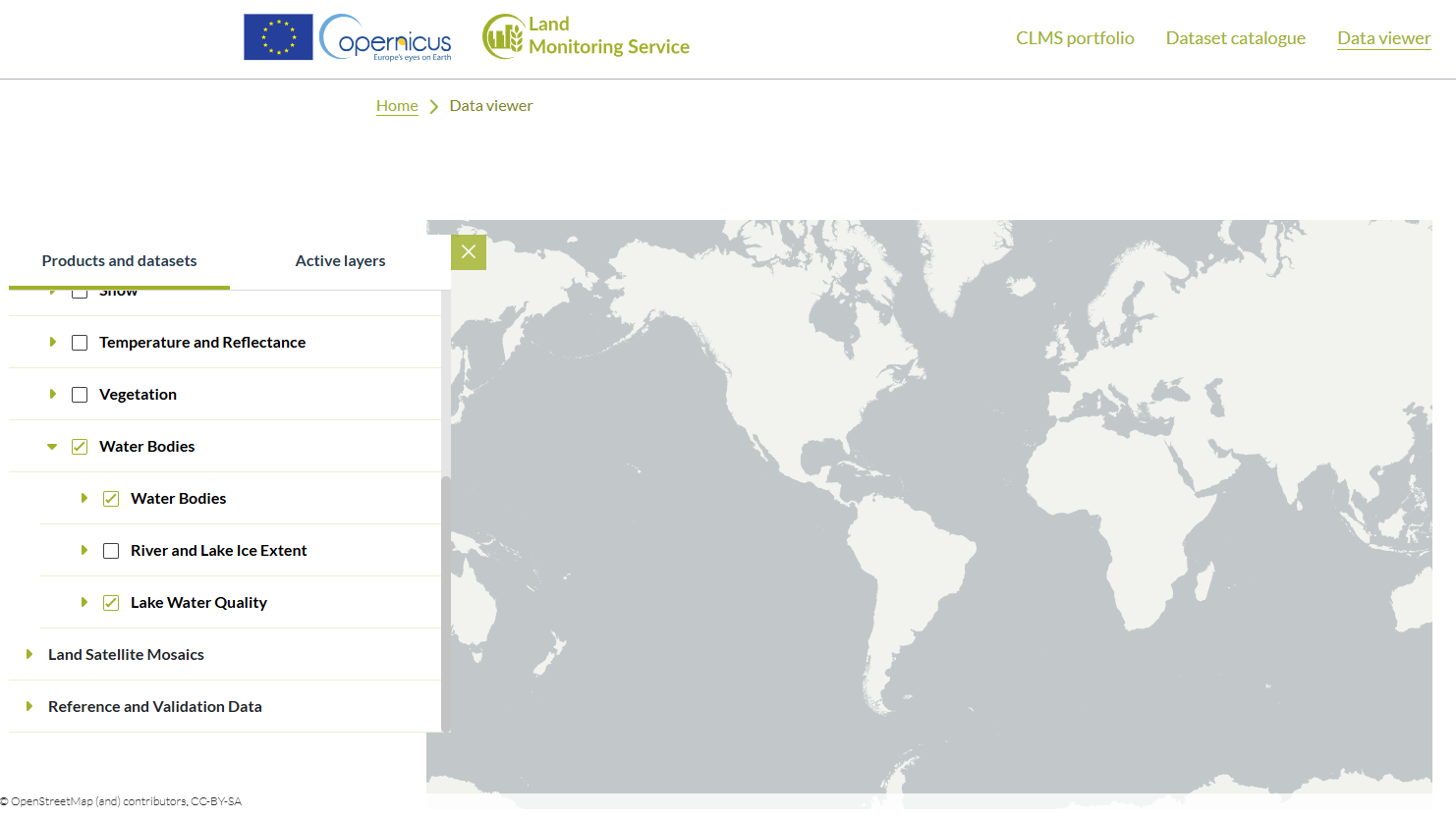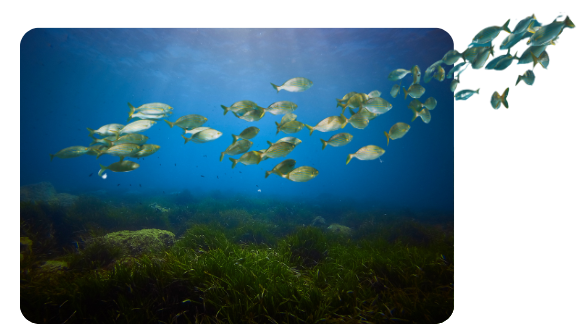Story
Celebrating the first World Lake Day
27 August 2025
Today – 27th August – is the first World Lake Day, designated last year by the United Nations General Assembly to raise awareness of the importance of lakes, and the need to ‘preserve, conserve, restore and sustainably manage lakes and related ecosystems’. Discover just how vital these ecosystems are to life as we know it on Earth, and some of our work at PML using satellite data to monitor and protect them.

Image: Lake Akonlampi in Finland, a popular summer destination. Photo credit: Professor Stefan Simis.
Did you know?
- There are over 117 million lakes on Earth. They cover nearly 4% of the planet’s land surface.
- Although most freshwater is stored in glaciers and underground, lakes contain about 90% of the world’s surface supply, making them critical sources of readily accessible water.
- If we continue to put pressure on them, lakes will face a serious decline. By 2050, their ecosystem value could drop by 20%, pollution could more than double, and methane emissions may surge—fueling both environmental damage and economic loss.
- Freshwater species have declined by 85% over the past 50 years.
Whilst our work at the laboratory predominantly focuses on marine research, we also have specialists working on inland water ecosystems – using satellite data to monitor the health of lakes, rivers and coasts – around the globe. These typically freshwater ecosystems are linked inextricably to our ocean, and, like the ocean, health indicators of these bodies of water can be observed from space, so long as they are large enough.
Freshwater ecosystems supply essential ecosystem services – such as food, drinking water, energy, and livelihoods – to billions of people. They are also critical for biodiversity across the planet, with a huge number of species relying on these habitats.
Discover some of the Earth observation projects dedicated to safeguarding lakes:
- Harmful algal blooms in lakes and reservoirs: This year, it was announced that Ofwat, the Water Services Regulation Authority for England and Wales, awarded funding for the PEDAL project: ‘Prediction and Early Detection of Algal blooms in lakes and reservoirs’. Harmful Algal Blooms (HABs) can carry serious ecological, economic, and health impacts – and their frequency is expected to rise with climate change, for example due to more frequent heavy rainfall. The PEDAL project aims to forecast and boost the early detection of algal blooms before they take hold, to protect nature, reduce water treatment costs and keep water safe and affordable for everyone. The project will see South West Water working alongside the University of Exeter, Centre for Resilience in Environment, Water and Waste (CREWW) and Plymouth Marine Laboratory, and other academic and industry collaborators nationally and abroad. Learn more >>

Image caption: Cyanobacteria are a common occurrence at Roadford lake – an artificial reservoir fed by the River Wolf – in West Devon. During calm weather these blooms are sometimes seen to accumulate at the water surface. Image credit: Professor Stefan Simis.
- ‘Sentinels of change’ – gathering data on lakes globally: Through the European Space Agency, PML contributes to the Lakes Climate Change Initiative, Lakes_cci. The Lakes_cci project is developing a consistent global climate data record of lakes using satellite Earth Observation, recognising lakes as vital sentinels of climate change. By tracking key variables such as water level, extent, surface temperature, ice cover/thickness, and water colour, the project provides essential insights into how lakes integrate and respond to environmental and climatic shifts. These data help scientists understand local-to-global climate impacts, from droughts and glacial melt to biogeochemical changes. The ultimate goal is to deliver high-quality, long-term datasets that support climate research, water management, and adaptation strategies worldwide. Find out more >>
- State-of-the-art lake water quality datasets for the wider community: PML also contributes to global lake water quality datasets (of medium to large sized lakes) through the Copernicus Land Monitoring Service (CLMS). These 10-daily observations are free of charge and open-access, in near real-time, at 300 m spatial resolution from September 2024 to present. Find out more and access the data >>

Image: The lake water quality product from Copernicus Land Monitoring Service. All products are free of charge and can be used for any purpose. Copernicus is the Earth Observation component of the European Union’s space programme, looking at our planet and its environment for the benefit of Europe’s citizens. The Copernicus Land Monitoring Service, also known as simply CLMS, is one of six thematic Copernicus services, which also include: Atmosphere Monitoring, Marine Monitoring, Climate Change, Security, and Emergency Management.
- Aquatic environments and their role in human health: PML researchers, together with colleagues in India, are developing digital tools to map sanitation conditions and occurrences of water-associated diseases in the north and southwest of India. Satellite data is used to map water quality, floods and human pathogens in aquatic environments, including lakes. Find out more about the Wellcome Trust-funded WADIM project: https://wadim-health.org/.
Recent publications related to the health of lakes, involving PML colleagues:
“Observing lake water quality is the first step in safeguarding their sustainable use for future generations. Every improvement in the science or the engineering behind our global observation capability, whether through advanced computing, using new sensors or by enabling citizens, brings us one step closer to realising that goal.”
– PML’s Professor Stefan Simis, Earth Observation Scientist (inland/coastal waters)
“Lakes integrate environmental trends over time and space, making measurements of lake ecosystems valuable for studying the global impacts of climate change. Yet the sheer number and remoteness of many lakes make global monitoring impractical with traditional methods. Earth observation satellites make this possible. At PML, we use satellite data to monitor more than 4,000 lakes worldwide, making daily measurements of indicators such as turbidity and trophic state.”
– PML’s Dr Nick Selmes, Earth Observation Scientist
Related information
On 12 December 2024, the United Nations General Assembly adopted Resolution 79/142 designating 27 August as World Lake Day to raise awareness on the importance of lakes – covering nearly 4% of the planet’s land surface – as well as the need to preserve, conserve, restore and sustainably manage lakes and related ecosystems.
Lakes are one of the most vital natural resources on our planet. They serve as a crucial source of freshwater, supporting drinking water supplies, agriculture, and industry. Lakes also play a key role in maintaining biodiversity, offering a habitat for countless species of fish, plants, and wildlife. Beyond their ecological significance, lakes contribute to climate regulation by keeping the planet cool, absorbing floodwater and storing carbon. Additionally, they provide recreational and economic opportunities, attracting tourism, fishing, and other activities that support local communities. But lakes are affected by a combination of overuse, pollution and climate change.
